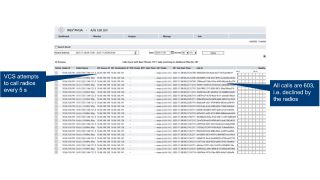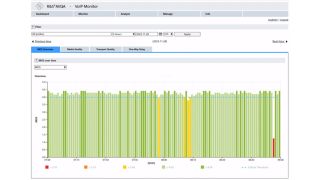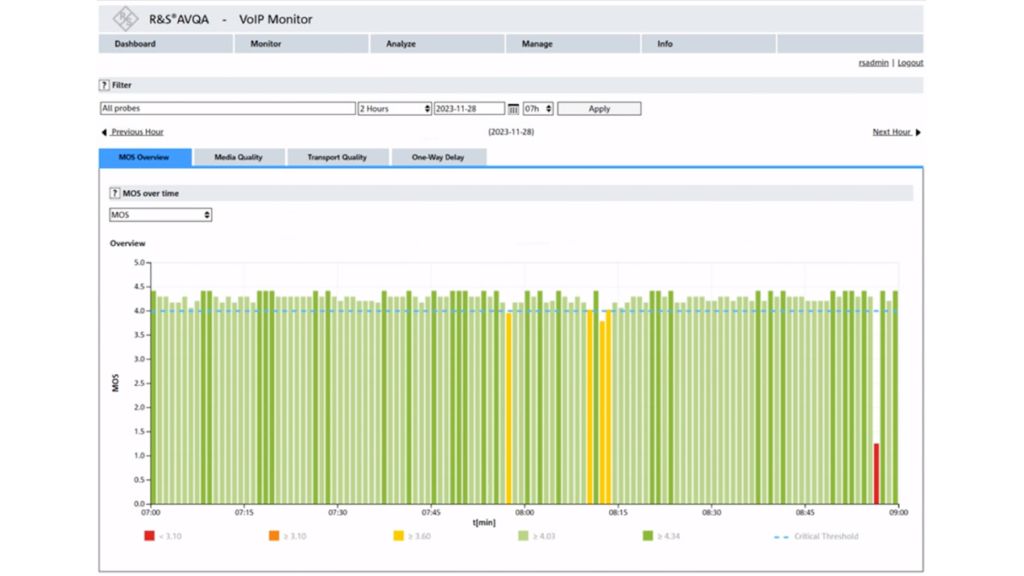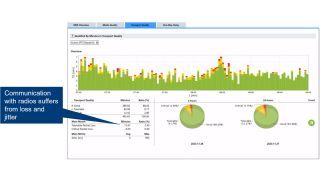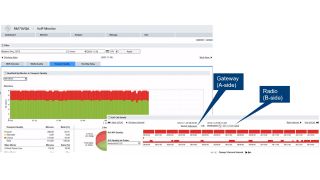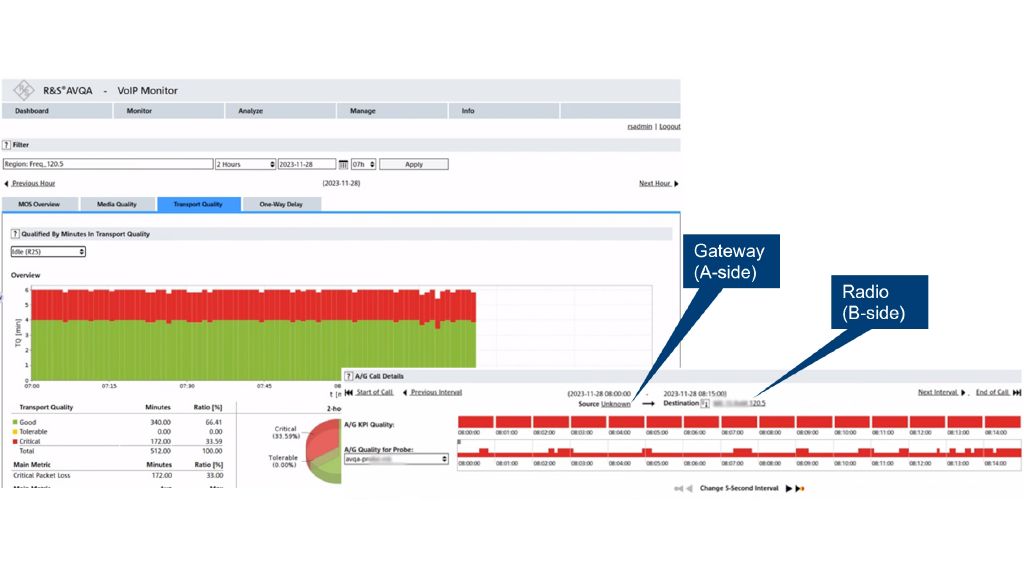Unlocking IP benefits in ATC: Learning from VoIP migration case studies with R&S®AVQA
Air traffic control stands to reap major benefits from embracing IP technology. The migration of IP technology in ATC offers numerous benefits, including:
improved safety through enhanced situational awareness and reduced potential for miscommunication through seamless VoIP integration, increased efficiency via versatile platform integration allowing controllers to manage multiple systems from a single workstation, cost savings from scalable IP infrastructure that avoids major hardware overhauls, simplified load sharing and remote collaboration by overcoming geographical constraints that enables overall system flexibility, and improved service availability through the resilient and layered architecture of IP.
For all of the benefits this migration to IP based systems in ATC offers, it also brings new challenges. In the following section, we'll take a closer look at the evolving monitoring requirements that IP based ATC communications require to get a full picture of this transformative technology.







